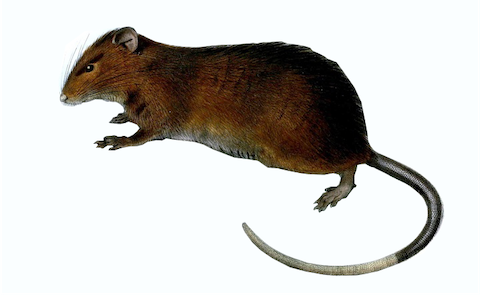Immunothrombolytic monocyte-neutrophil axes dominate the single-cell landscape of human thrombosis and correlate with thrombus resolution.
Abstract
Thrombotic diseases remain the major cause of death and disability worldwide, and the contribution of inflammation is increasingly recognized. Thromboinflammation has been identified as a key pathomechanism, but an unsupervised map of immune-cell states, trajectories, and intercommunication at a single-cell level has been lacking. Here, we reveal innate leukocyte substates with prominent thrombolytic properties by employing single-cell omics measures on human stroke thrombi. Using in vivo and in vitro thrombosis models, we propose a pro-resolving monocyte-neutrophil axis, combining two properties: (1) NR4A1hi non-classical monocytes acquire a thrombolytic and neutrophil-chemoattractive phenotype, and (2) blood neutrophils are thereby continuously recruited to established thrombi through CXCL8-CXCR1 and CXCR2 and adopt a hypoxia-induced thrombus-resolving urokinase receptor (PLAUR)+ phenotype. This immunothrombolytic axis results in thrombus resolution. Together, with this immune landscape of thrombosis, we provide a valuable resource and introduce the concept of "immunothrombolysis" with broad mechanistic and translational implications at the crossroad of inflammation and thrombosis.
| Authors: | Pekayvaz K, Kilani B, Joppich M, Eivers L, Brambs S, Knottenberg V, Akgöl S, Yue K, Li L, Martinez-Navarro A, Kaiser R, Meißner N, Schulz H, Belz L, Akhalkatsi A, Stockhausen S, Mueller TT, Millonig S, Hartelt L, Gold C, Janjic A, Polewka V, Wendler F, Dr |
|---|---|
| Journal: | Immunity . 2025 Apr 18:S1074-7613(25)00139-6. doi: 10.1016/j.immuni.2025.03.020. |
| Year: | 2025 |
| PubMed: | PMID: 40280129 (Go to PubMed) |


